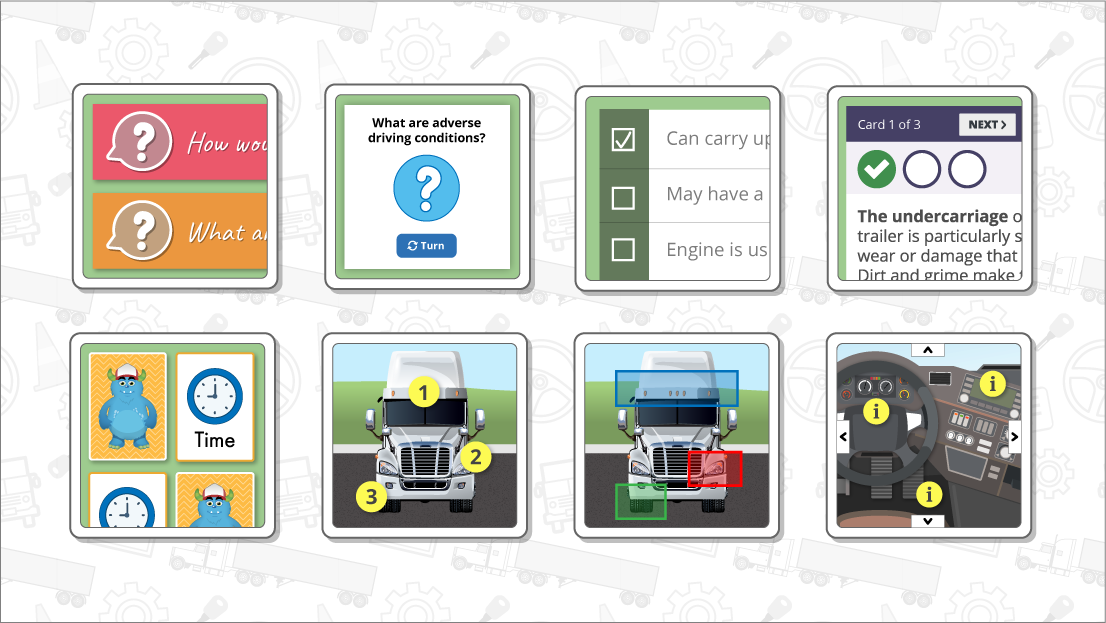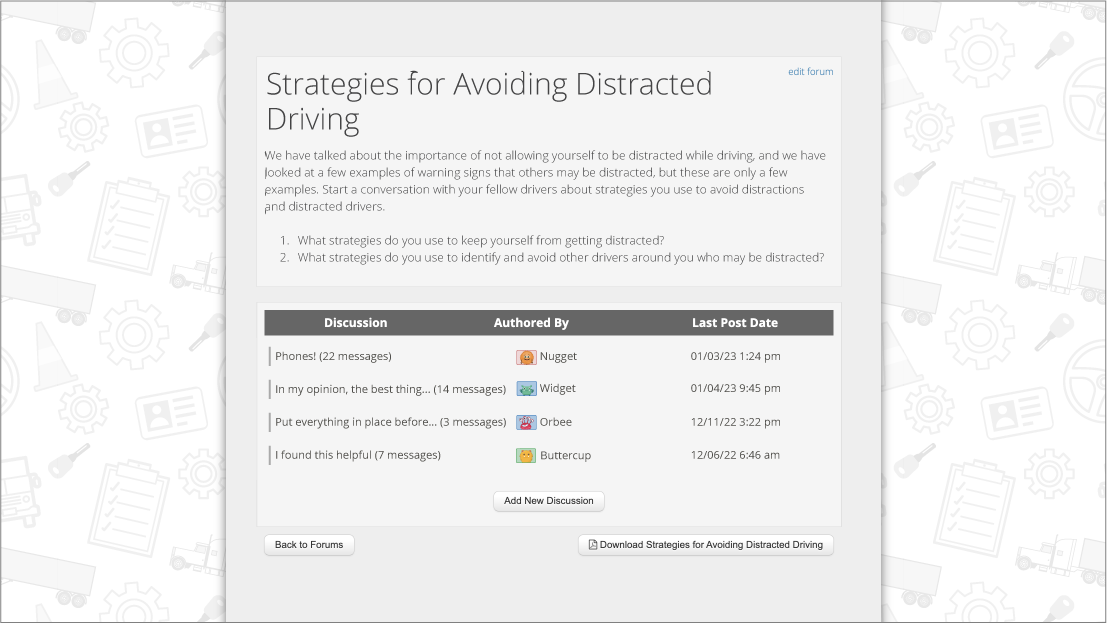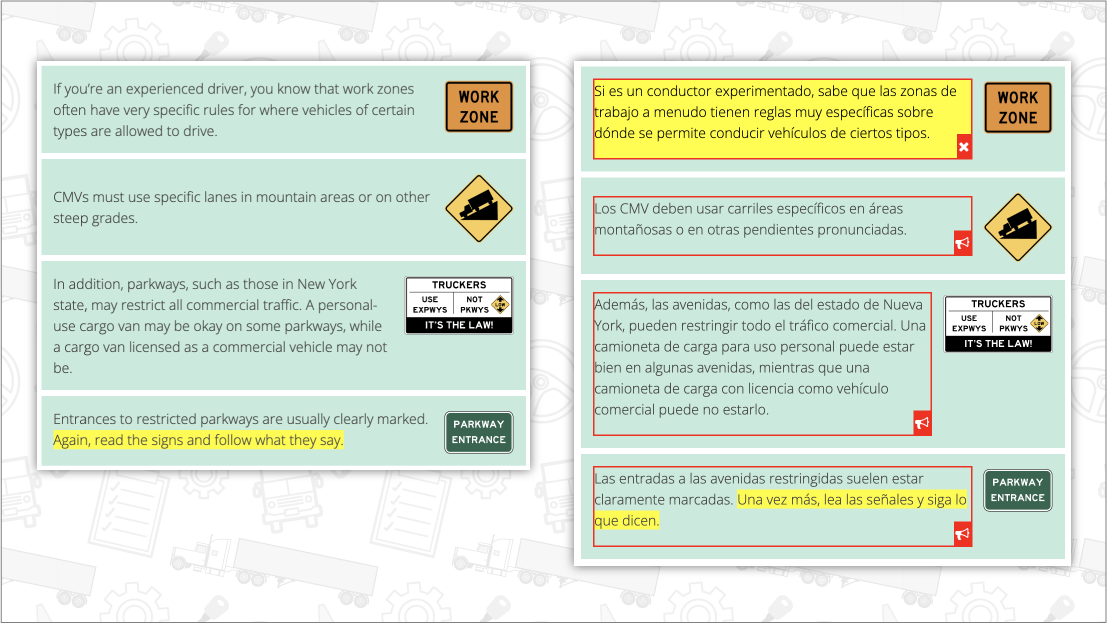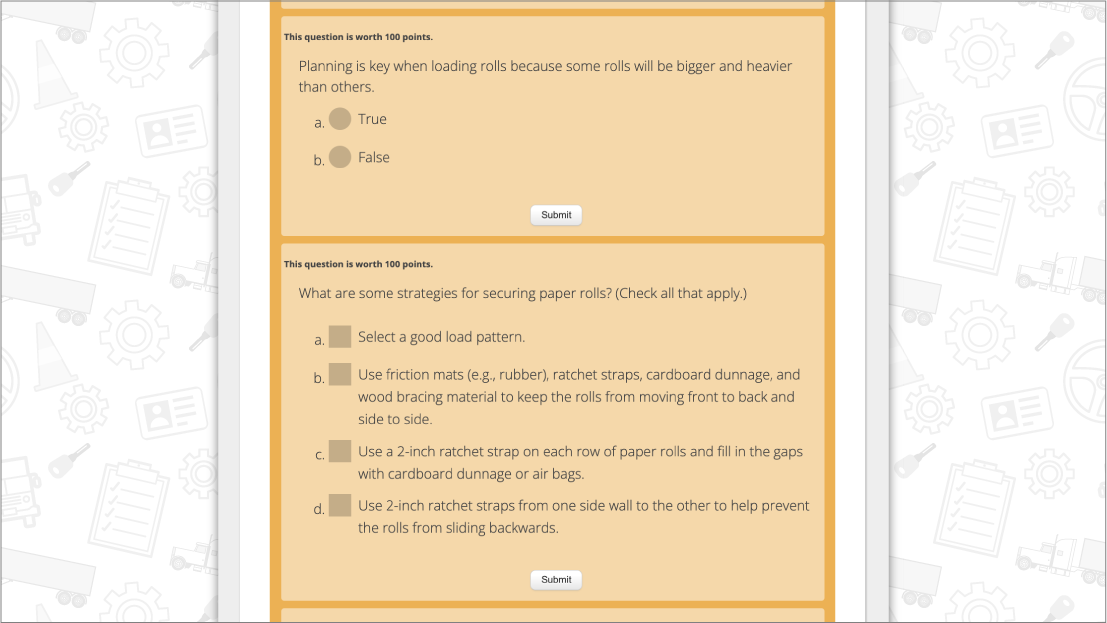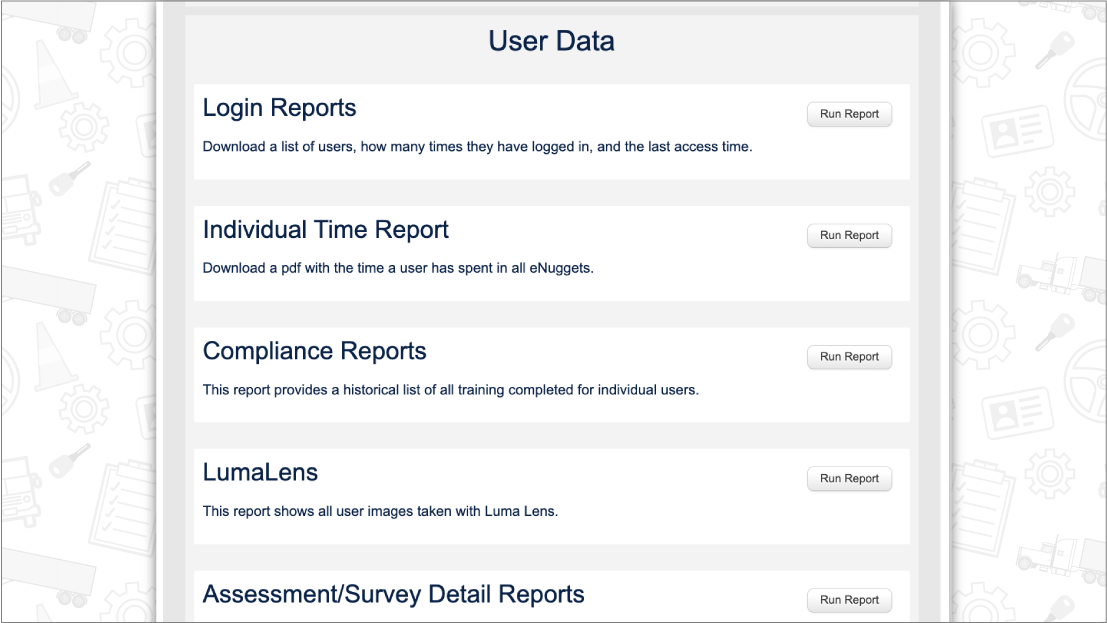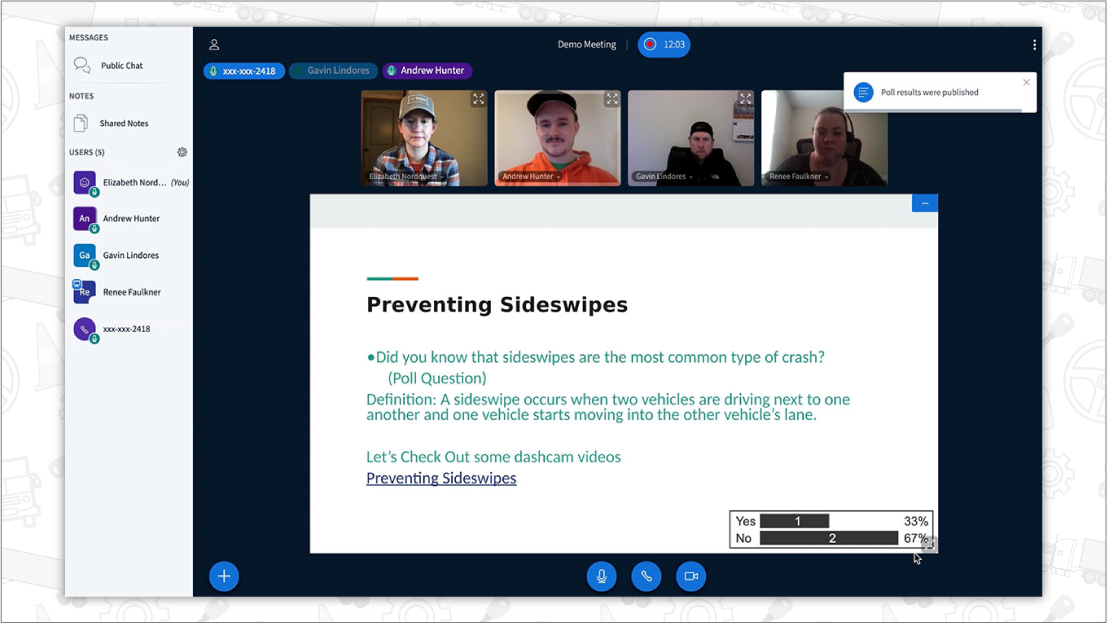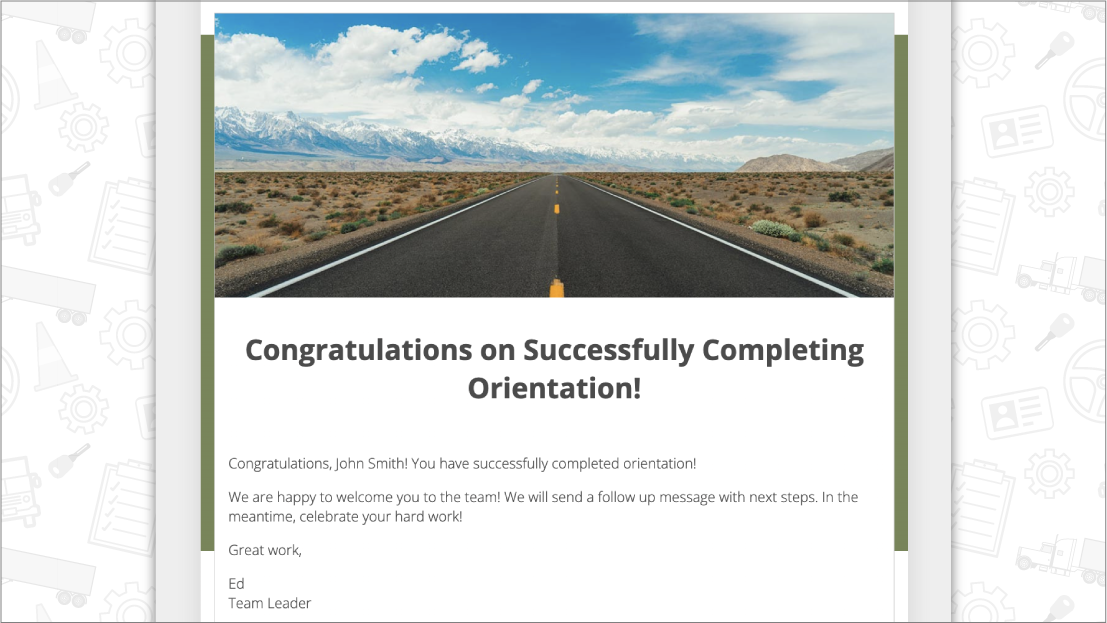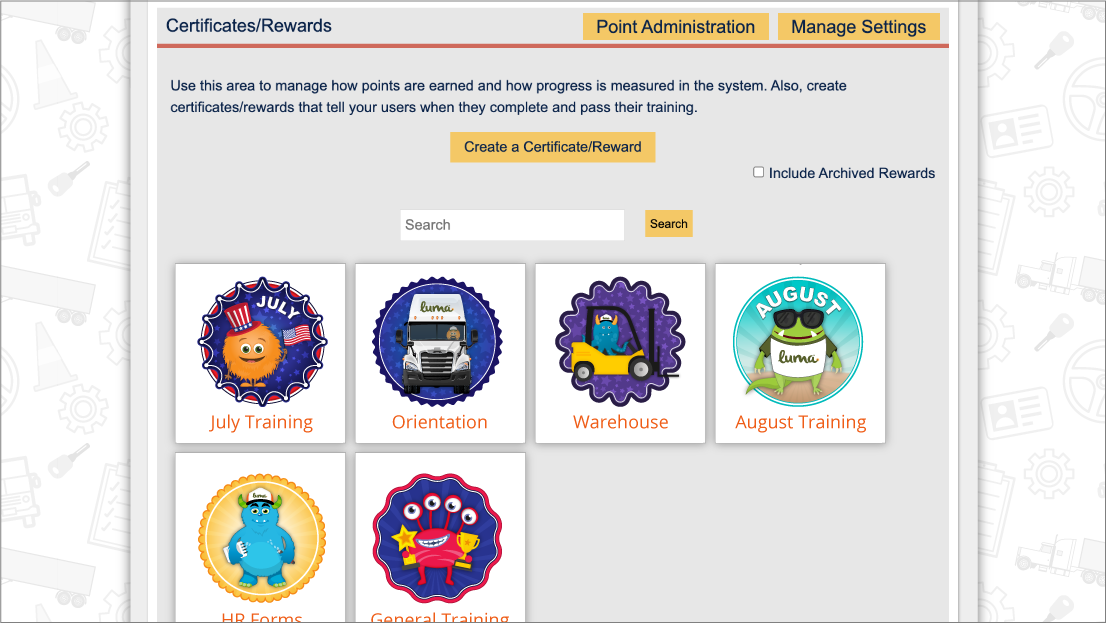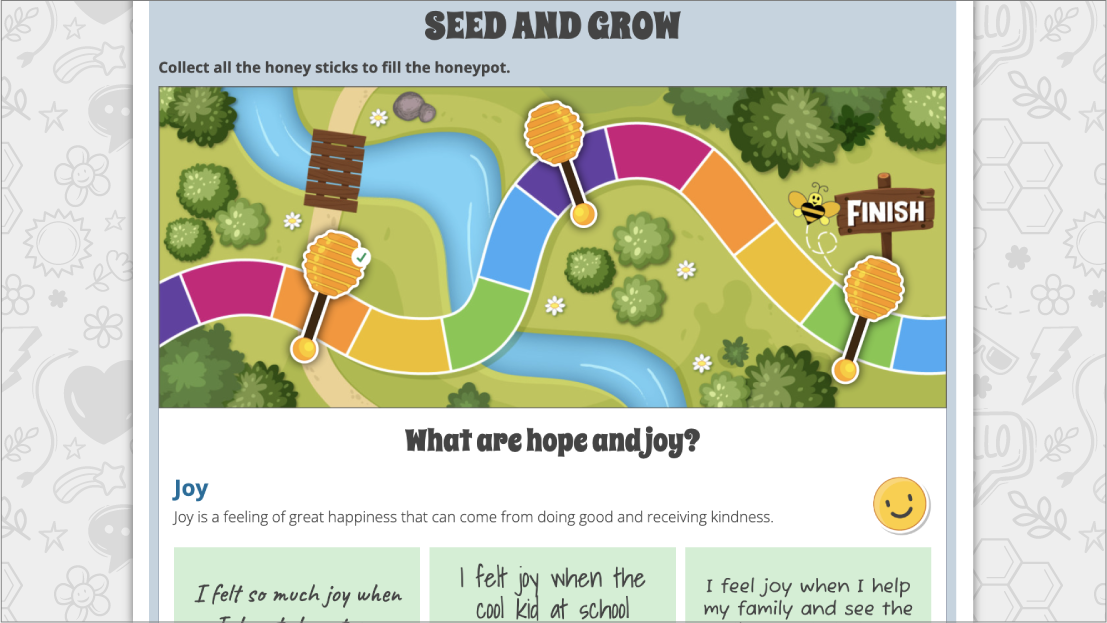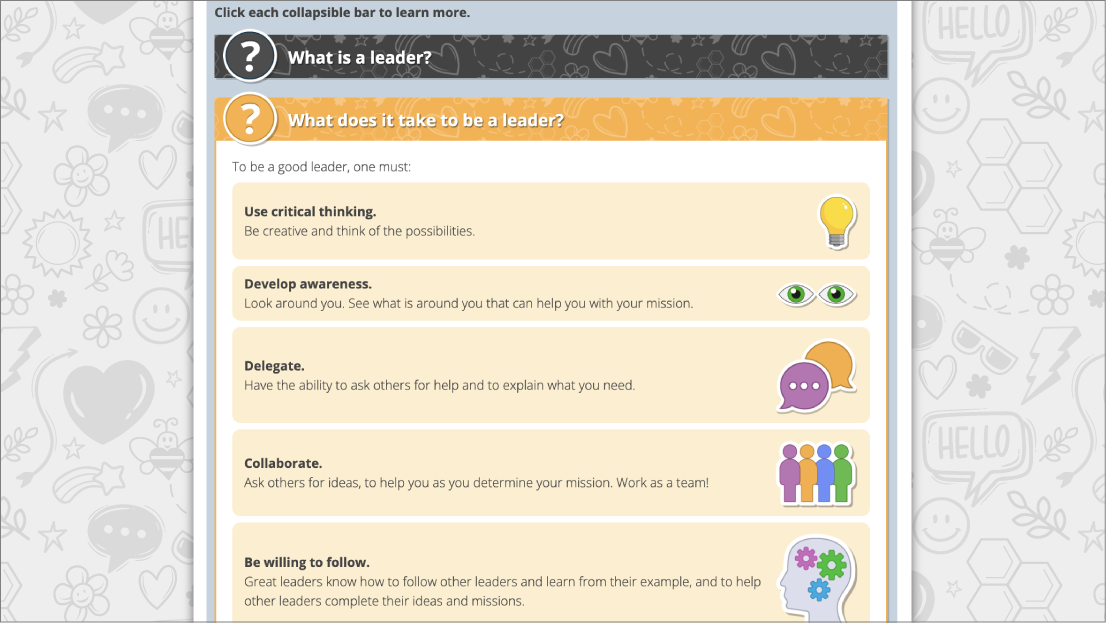
Coming Changes to the Federal Hours of Service Rules
On June 1, 2020 the “final rule” making changes to the Hours of Service for Drivers (HOS) rules in Part 395 of the Federal Motor Carrier Safety Regulations was published in the Federal Register. The changes are scheduled to take effect on September 29th, 2020. Will you be ready? This Learning Lesson provides both synchronous and asynchronous ways to train your employees and drivers, so whether your preference is to train them in the same time, same place or anytime, anyplace, you will have the tools to be ready!
 Have your heard? Our Learning Lessons have been collected into a book available for purchase on Amazon.com! Teaching Without A Teaching Degree: Luma Learning Lessons contains 52 lesson plans and worksheets with 106 different teaching strategies designed for the trucking industry that can easily be adapted to suit any age and content topic.
Have your heard? Our Learning Lessons have been collected into a book available for purchase on Amazon.com! Teaching Without A Teaching Degree: Luma Learning Lessons contains 52 lesson plans and worksheets with 106 different teaching strategies designed for the trucking industry that can easily be adapted to suit any age and content topic.Our free Luma Learning Lessons include objectives, estimated time, materials and instructional procedures for classroom and online/blended teaching. We will provide strategies on how to use our new LumaLive technology to collaborate virtually in real-time. We include these pillars from our learning research to illustrate where they are infused in our lessons.
Interaction Types

For decades there has been discussions of interaction types in education. (Anderson, 2003) Most interaction types observed in driver training traditionally are learner to instructor or learner to content. Moreover, most interaction time with driver training and orientation is synchronous or at the same time. This Learning Strategy is going to help you think about ways you can hold training without a physical classroom.
Interaction Time
The following Lesson is broken down into two different interaction times.

Objectives
|
||
Estimated Time60 minutes |
||
Materials
|
(or at the same time without a classroom)
- Meet up in webinar technology, like LumaLive.

 Ask the class, why these changes? Have them brainstorm ideas in the chat box.
Ask the class, why these changes? Have them brainstorm ideas in the chat box.
 Explain to the participants that the changes insert new flexibility into the rules while preserving the daily and weekly caps on driving time.
Explain to the participants that the changes insert new flexibility into the rules while preserving the daily and weekly caps on driving time.- See if users can articulate the HOS foundational rules. Pass out the The HOS Foundation Worksheet and have them fill it in. Optional: Have them fill it out in pairs/break out groups instead of individually.

 Pass out the The Foundation Worksheet Answer Key and have them compare what they thought vs the answers.
Pass out the The Foundation Worksheet Answer Key and have them compare what they thought vs the answers.
 Now, you will transition to what has changed. Place the class in teams. They can use LumaLive break out rooms or set up separate rooms for different teams. Have them complete the crossword puzzle. Optional: Give out prizes to teams that get all answers correct.
Now, you will transition to what has changed. Place the class in teams. They can use LumaLive break out rooms or set up separate rooms for different teams. Have them complete the crossword puzzle. Optional: Give out prizes to teams that get all answers correct.- Optional: Challenge the participants to come up with signs/posters that can be shared around the terminals, newsletters and/or on social media about the new HOS rules. These can be highlighted to recognize your drivers and their commitment to safety and the rules.
(or not at the same time)

 Send out the Changes to the Federal Hours of Service Rules eNugget®.
Send out the Changes to the Federal Hours of Service Rules eNugget®.- In the discussion board or through email, challenge the participants to come up with signs/posters that can be shared around the terminals, newsletters and/or on social media about the new HOS rules. These can be highlighted to recognize your drivers and their commitment to safety and the rules.
Reference:
Anderson, T. (2003). Modes of interaction in distance education: Recent developments and research questions. Handbook of distance education, 129-144.

 Luma® is a learning and instructional design company that is always coming out with new training topics. Need something specific? Give us a call at (574) 807-8148 ext 5 or email
Luma® is a learning and instructional design company that is always coming out with new training topics. Need something specific? Give us a call at (574) 807-8148 ext 5 or email 